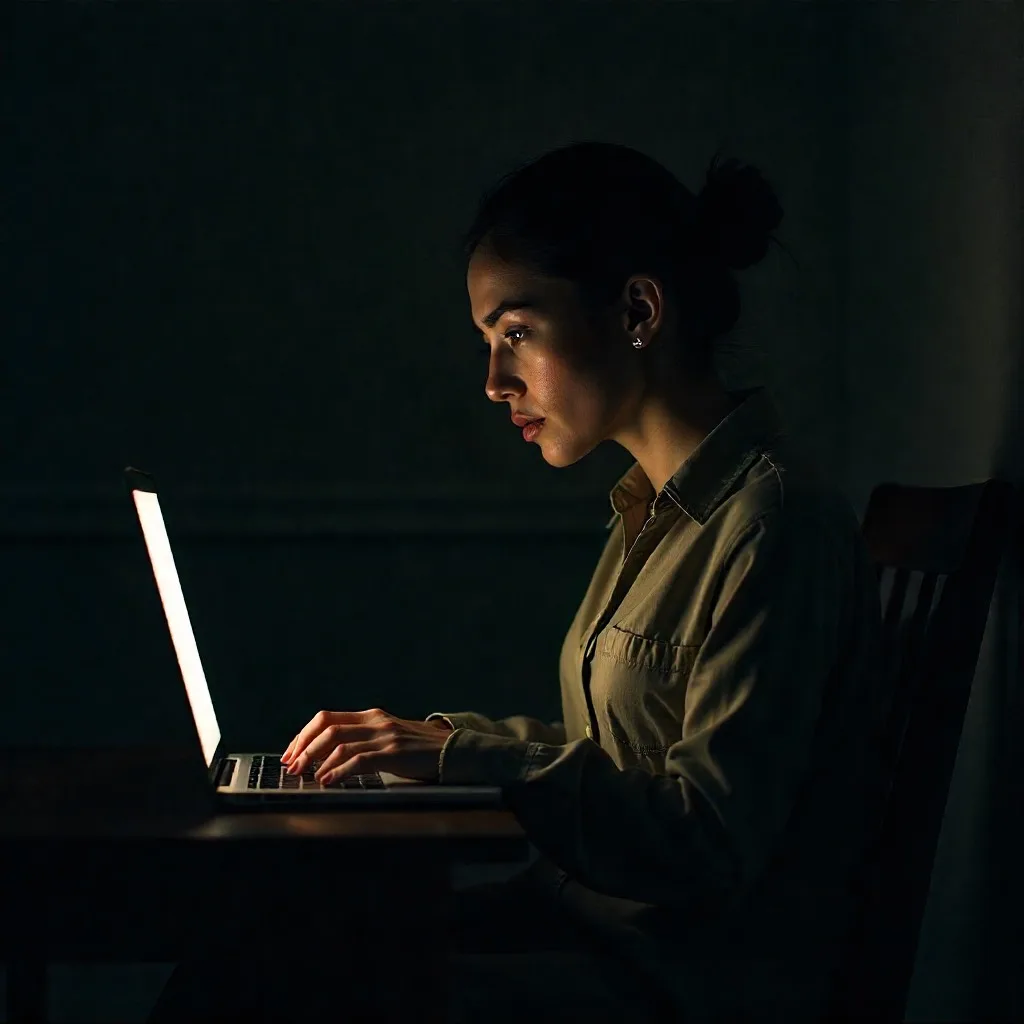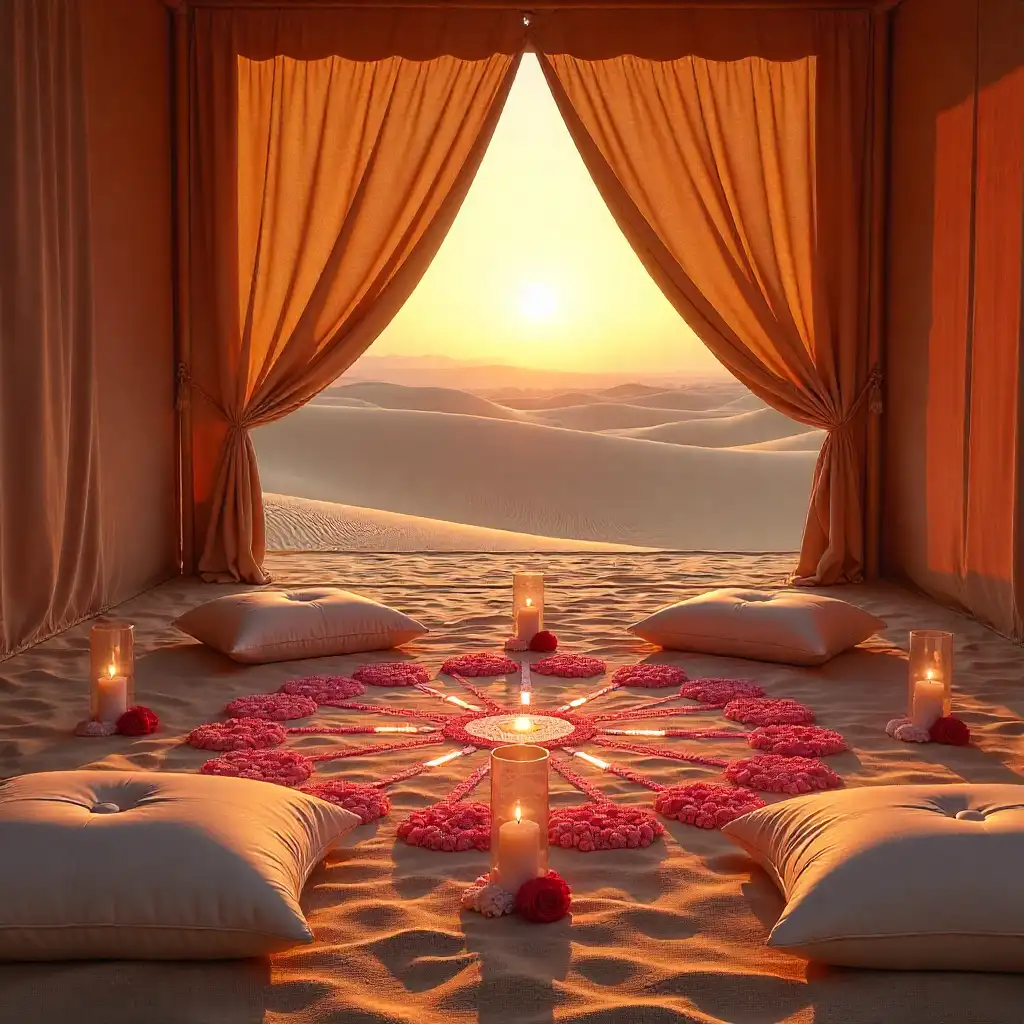The Disappearing Self, How Technology Is Editing Our Identity
The Disappearing Self: How Technology Is Editing Our Identity We’ve become the curators of our own existence. But somewhere between the person we perform online and the person we actually are, the real self is quietly disappearing. By Ami Jain I have three versions of myself living online right now. There’s the professional version on LinkedIn, articulate and accomplished. There’s the creative version on Instagram, aesthetic and aspirational. There’s the casual version on WhatsApp, witty and warm with close friends. Each one is me. None of them is fully me. And increasingly, I’m not sure which version is closest to whoever I actually am anymore. There was a time when identity was something we discovered slowly, through childhood memories, family stories, friendships, heartbreaks, the messy trial-and-error of becoming a person. Who we were felt organic, uncurated, shaped by lived experiences we couldn’t control. But today, identity is no longer something we find. It’s something we construct, optimize, polish, filter, export, and upload. The self has become editable. And every app we use, every algorithm we interact with, every piece of content we consume quietly rearranges us. We are evolving not in private, but under the influence of digital ecosystems designed to shape us with frightening precision. And somewhere between the profiles we create and the people we truly are, the real self is quietly disappearing. When Algorithms Became the Architects of Personality Every scroll is a subtle reprogramming. Every “For You” page is a mirror, not of who we are, but of who the algorithm decides we might become. TikTok teaches us how to dress, what music to like, and which aesthetics to adopt. Instagram teaches us how to feel about our bodies, our relationships, and our lives. Pinterest curates our aspirations before we’ve articulated them ourselves. AI apps teach us how to write, speak, and create, their suggestions slowly replacing our natural voice. We don’t choose our tastes anymore. They’re recommended. We don’t choose our desires. They’re targeted. We don’t choose our aesthetics. They’re fed to us until they feel like our own. Identity has turned into an AI-assisted collaboration. And in this partnership, the human half is losing creative control. Dr. Tariq Al-Mansoor, a digital psychology researcher at Zayed University who studies technology’s impact on identity formation, has been tracking this shift. “Previous generations formed identity through physical communities, family traditions, local culture. Today’s generation forms identity through digital curation. The difference is profound. Physical identity formation happened through lived experience. Digital identity formation happens through algorithmic suggestion. You’re not discovering who you are. You’re being told who you could be, and then performing that until it feels real.” His research, published in the Journal of Digital Culture in 2024, examined how social media algorithms influence personality traits in young adults. The findings were stark: participants showed measurable shifts in self-reported values, interests, and even personality characteristics after just six months of heavy algorithm-driven content consumption. “The self is becoming externally authored,” Dr. Al-Mansoor explains. “And most people don’t even realize it’s happening.” The Self as Performance Art We have become editors of our own existence. And the editing never stops. We edit our face with filters until our unfiltered reflection looks wrong. We edit our opinions based on what’s trending, what’s acceptable, what will get engagement. We edit our personalities depending on the platform, the audience, the context. We edit our emotions so they’re digestible, shareable, appropriate for public consumption. We edit our life stories for aesthetic coherence, removing the messy parts that don’t fit the narrative. The modern self is not a soul. It’s a feed. This performance imperative has become so normalized that authentic, unpolished self-expression now feels radical. Posting without a filter feels vulnerable. Sharing an unflattering angle feels brave. Admitting confusion or failure feels dangerous. We no longer ask “Who am I?” We ask, “Who do I look like?” “Who do they expect me to be?” “Which version of me performs well?” Identity has stopped being discovered. It has become a design. Dr. Laila Hassan, a cultural anthropologist at the American University of Sharjah, frames this as “performative selfhood.” She’s studied how digital platforms have restructured identity construction across the Gulf region. “In cultures where public image has always mattered, digital platforms intensify that pressure exponentially. You’re not just managing your reputation in your immediate community anymore. You’re managing it in front of potentially millions. The self becomes a brand. And brands require constant maintenance, optimization, and strategic presentation.” Her interviews with young people in the UAE revealed a common theme: exhaustion. The exhaustion of curating, performing, and optimizing. The exhaustion of being so many versions of yourself that you lose track of which one is real. When Memory Moved to the Cloud Our memories no longer live inside us. They live in cloud storage, camera rolls, Instagram archives, digital photo albums sorted by facial recognition software we didn’t ask for. We don’t remember moments. We revisit them through photos and videos we took instead of experiencing fully. We don’t feel nostalgia. We rewatch it, scrolling through our own documented past. We don’t hold memories in our minds. We scroll through them on screens. Technology hasn’t just changed what we remember. It has changed how we remember. And with every saved album, archived chat, deleted photo, and edited story, we sculpt our own mythology. Not based on truth, but on presentation. This is a memory as an editing suite. We cut the unflattering takes, keep the highlight reel, and slowly our relationship with our own history changes. We remember our lives not as they were lived, but as they were documented and curated. Dr. Noor Khalifa, a neuroscientist at Khalifa University studying memory and technology, explains the cognitive impact. “When you experience something while simultaneously documenting it for sharing, your brain processes it differently. You’re encoding it not just as memory, but as content. This creates what we call ‘experience distancing,’ where you’re simultaneously living and observing your life. Over time, this





